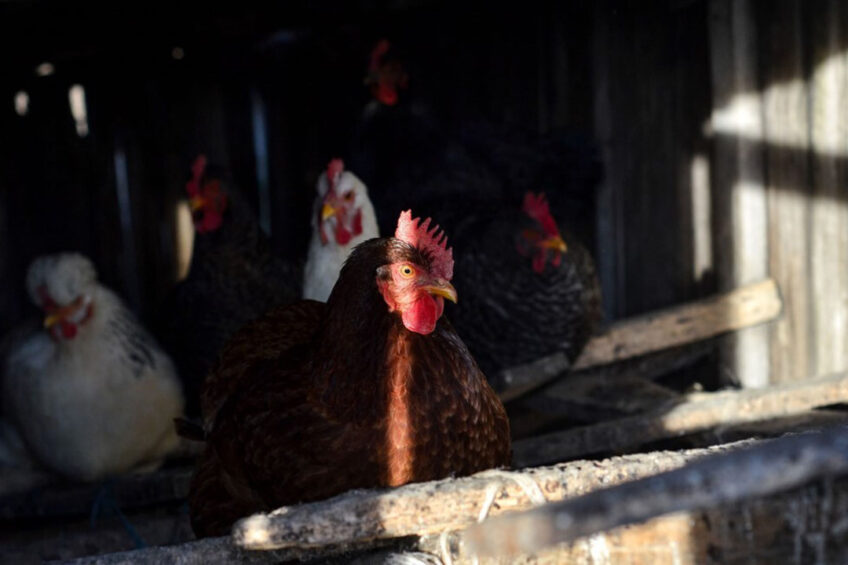Ukraine’s largest egg producer sheds light on capacity destructions

Over half of the largest Ukrainian egg farms have suspended operation due to the Russian invasion, Oleg Bakhmatyuk, owner of UkrLandFarming, the parent company for Ukraine’s largest egg producer, Avangard, said.
Currently, 6 out of 11 industrial egg farms in Ukraine have curtailed operations:
- Areal-Snegurovka poultry farm in the Mykolaiv region was bombed.
- The Donetsk poultry farm suspended operations.
- The Kyiv poultry farm was bombed.
- The Makarovskaya poultry farm was damaged during hostilities and remains non-operational.
- At Chernobaevka and Chernobaevka Novaya, 4.5 million laying hens died from a lack of feed.
Several other egg farms in Mykolaiv, Volnovakha and Bakhmut also suspended operations.
This list is believed to remain incomplete. For instance, press secretary of the Donetsk Regional Military Administration, Tatyana Ignatchenko, said: “Russian troops have been regularly shelling the Phoenix poultry farm in the Slavyansky district of the Donetsk region, which was one of the largest in the region producing around 500,000 eggs per month.” Ignatchenko added that nearly 800,000 laying hens died, not providing any additional information on the current situation at the farm.
Ageing laying hens
Avangard has lost nearly 60% of pre-war production capacities, Bakhmatyuk said, adding that this is roughly equal to 100 million eggs per month. Currently, the owners plan to restore production at some facilities affected by the invasion. Aside from substantial investments, achieving this would require young hens, which are currently in short supply in Ukraine.
“The population of laying hens is getting old. When our hatchery in Makarov was in the occupied territory [Ukraine forces liberated this part of the country in April], we could not breed parent flocks and incubate eggs. Accordingly, laying hens are ageing. Now some hens are dying,” Bakhmatyuk said, adding that the current situation is far from the normal operational standards.
“Laying hens’ performance depends on age. In the summer, they produced 80% [from the maximum performance], and now only 50%, and [in addition] start dying. We keep old chickens so that there is not an even bigger shortage in the market. If the population of hens is not restored, then next year, there will be an even greater catastrophe. There will be no eggs [in the Ukrainian market],” Bakhmatyuk said.
Over the past few months, egg prices on the Ukrainian market jumped by nearly 50%. Market participants warned that a further rise remains likely as the largest egg farms affected by hostilities are not likely to resume operation soon enough.
 Beheer
Beheer







 WP Admin
WP Admin  Bewerk bericht
Bewerk bericht